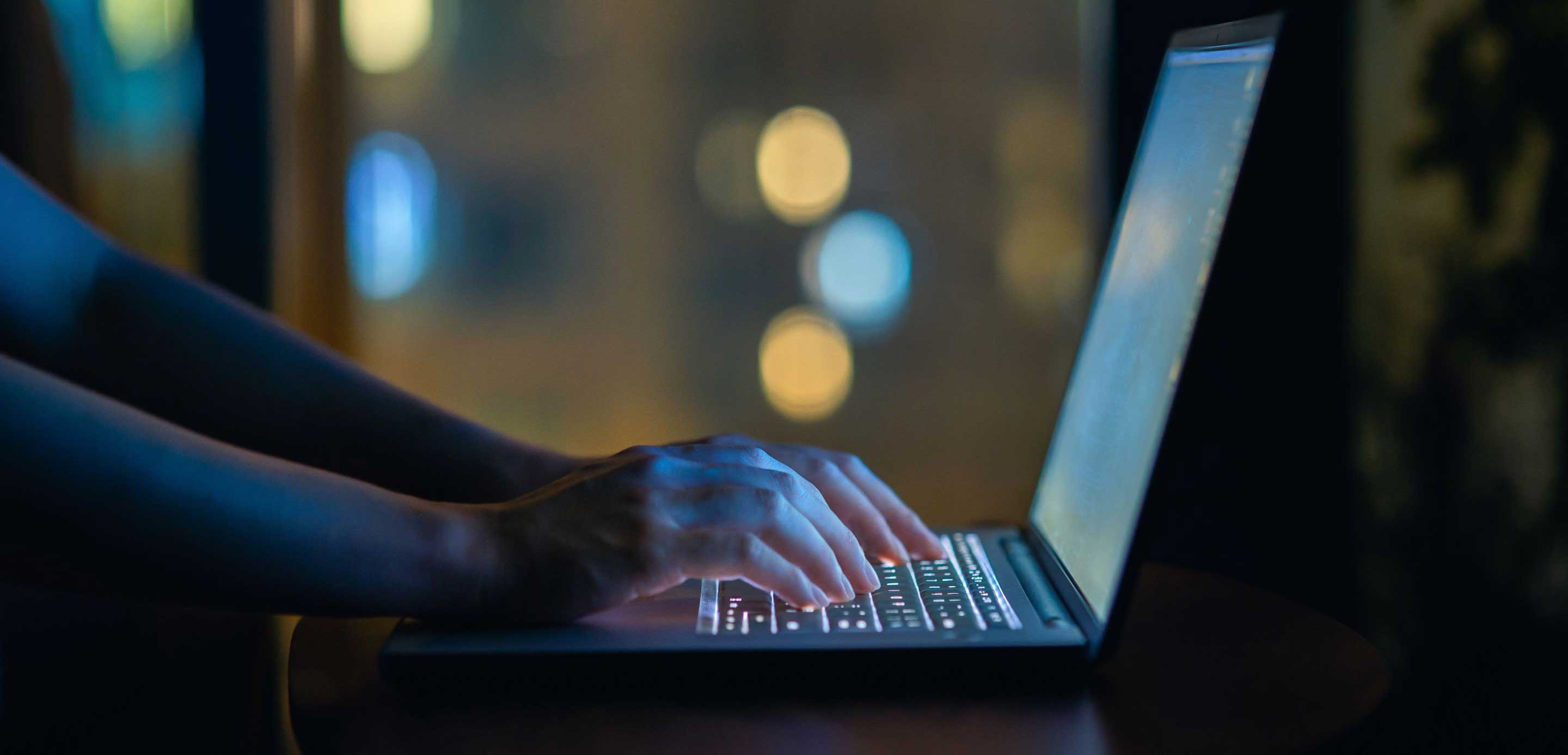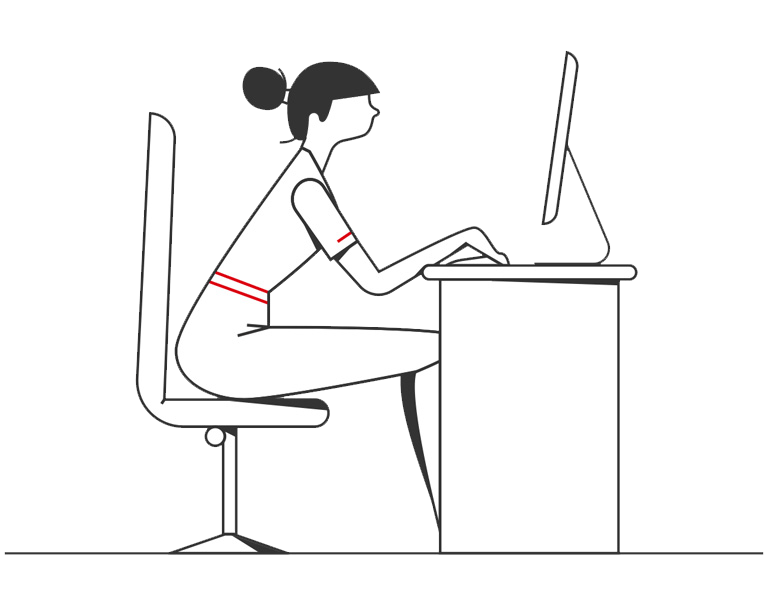- 3 minutes
- Article

- Support
- Market Research
Can you trust the voice on the other end of the phone?
Recently an executive of a UK firm was tricked into transferring £200,000 into a fraudulent bank account. The culprit? A fraudster using artificial intelligence (“Ai”) to generate a voice deepfake of his chief executive. Could this happen in your firm?
Deepfakes and Ai
- Deepfakes are Ai created realistic videos, audios and pictures that manipulate the appearance & voice of individuals, making it difficult to distinguish between real and fake content.
- It can cost as little as $2.99 to create a deepfake video!
- There are already around 500,000 deepfake videos online.
- Highly realistic fake videos, images, and audio have become easily accessible & harder to distinguish over recent months.
- With as few as 5 minutes of audio, voice realistic voice fakes can be created.
- It is reported that deepfake media doubles every six months.
Is Rachel Riley bad at maths?
- Five years ago, HSBC created a deepfake video of Countdown’s Rachel Riley’ admitting she is not good at maths.
- The video aimed to educate around the risks of deepfakes by creating a highly realistic video.
- Many social media users were left unable to confidently identify the authenticity of the video.
- The experiment showcased how easily deepfakes can be created and how convincing they can be.
- Now imagine how much deepfake technology has advanced in maturity and complexity in the space of five years.
- Adopting a robust cybersecurity strategy is more important than ever.
Why is this relevant to me?
- Nearly 50% of companies are targeted by Ai Deepfakes according to TradingView.
- There are more general malwares in circulation and an increasing volume of attack vectors from IOT devices.
- Cyber risks are real today, yet the best defence is in many ways the simplest.
- Human error is a double-edged sword. It remains the weakest link, yet the best defence.
- At the core of an effective Cyber security programme remains the human element.
- To ensure the human element is strengthened and effective, firms should focus on extensive cyber training, deepfake simulation and making employees aware of the latest cyber threats.
Closing thoughts
Cyberthreats such as deepfakes are constantly evolving, increasing in complexity and number. Humans are the biggest weakness and best defence in terms of cybersecurity. Even the most sophisticated systems can be compromised by simple mistakes such as a phishing attack or being tricked by synthetic media. Awareness and caution appears to be the best protection.


